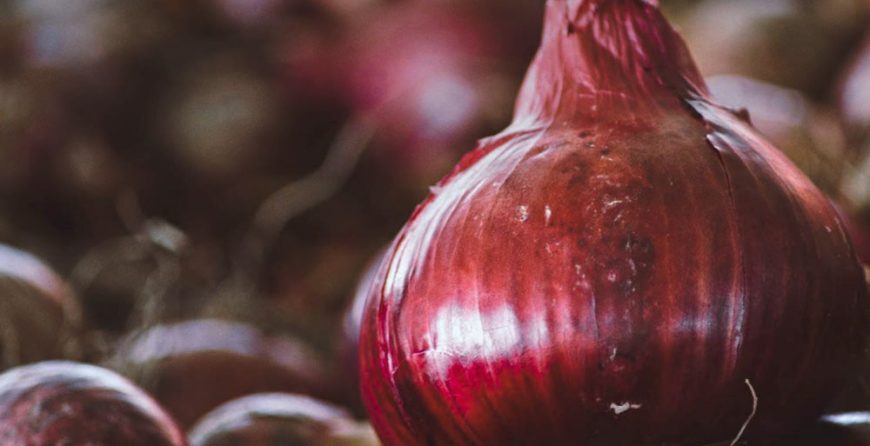 Onions are used all over the world and are one of the easiest crops to grow organically. They are available in different varieties. In organic gardening, the secret to cultivating onions successfully lies with selecting the most suitable kind for your soil and climate. All types of onions do best in fertile, well-drained and slightly acidic soils. For you to harvest bigger and better bulbs either for home or commercial purposes, the plants have to grow tall enough before forming bulbs.
Onions are used all over the world and are one of the easiest crops to grow organically. They are available in different varieties. In organic gardening, the secret to cultivating onions successfully lies with selecting the most suitable kind for your soil and climate. All types of onions do best in fertile, well-drained and slightly acidic soils. For you to harvest bigger and better bulbs either for home or commercial purposes, the plants have to grow tall enough before forming bulbs.
Soil preparation
As mentioned earlier, onions do well in properly drained, slightly acidic and highly fertile soils. They also require being regularly and adequately watered under full sun. Your soil composition profoundly affects how large your onion bulbs will grow. The looser the soil’s structure, the larger the onion bulb will be. After preparing your planting bed, loosen the soil deep enough. Add animal manure or compost and mix thoroughly with the soil. Ensure that the manure is completely broken down before planting. Use of animal manure or composite is one important aspect of organic gardening.
Planting and growing onion transplants
The success of growing better onion is hugely affected by fungal diseases like pink root and downy mildew. To avoid these conditions, avoid beds where garlic and other alliums have been recently grown. Use gopher traps or wire barriers to prevent gophers, which are a major pest present in onion beds. Onion transplants survive for 2-3 weeks after being pulled from the soil. If you are unable to plant them immediately after uprooting, you can either refrigerate them by soaking the roots in water or pile soil around the roots and keep them moist until you plant them.
Before you plant, trim the tops to about 3” and do the same to the roots to approximately ¼.” Roots begin to grow once they are planted. The onion uproots should be 1-2” deep and 4-6” away from each other. If planting for commercial purposes, the rows should be 12” apart. For home use, they should be 18-24” apart. You can utilize scattered planting to ward off pests.
After planting, add a layer of mulch to assist maintain moisture and for protection during winter. Despite being hardy plants, onions need to be protected in cold climates.
Onion sets
It is easier to grow onions in sets. These plants should be well mulched and provided with plenty nitrogen as well as phosphorus. Mulching contains weeds, maintain soil humidity and protect the bulbs during extreme weather conditions. Frequent watering is necessary to ensure the plants do not wither or cause the bulbs to split.
Harvesting and storing
When onions reach maturity, their leaves turn yellow and begin to fall off. You can use your hands to finish bending the tops horizontally to the ground by using your hands to enable the sap to divert energy into the bulbs rather than the leaves. When the tops turn brown, the bulbs are ready to harvest. Protect the bulbs from direct sunlight by placing the leaves over them after harvesting. When the outer skin is dried, trim the roots and clean any remaining soil, cutting off the tops to about 1” above the bulb.
For proper storage, keep onions in a mesh bag, in a cool, dry well-ventilated area. They should be tied off to separate them from each other for maximum shelf life.
Conclusion
Organic gardening helps to reduce the number of pesticides you consume as well as conserve the environment from toxic chemicals. It does not take a lot of effort to cultivate plants without using synthetic fertilizers and pesticides. You can start small by growing plants such onions.



Excellent and thorough! I’m in San Diego where seasons are accelerated. When would be a good time to plant? I’m a zone 9 I believe.